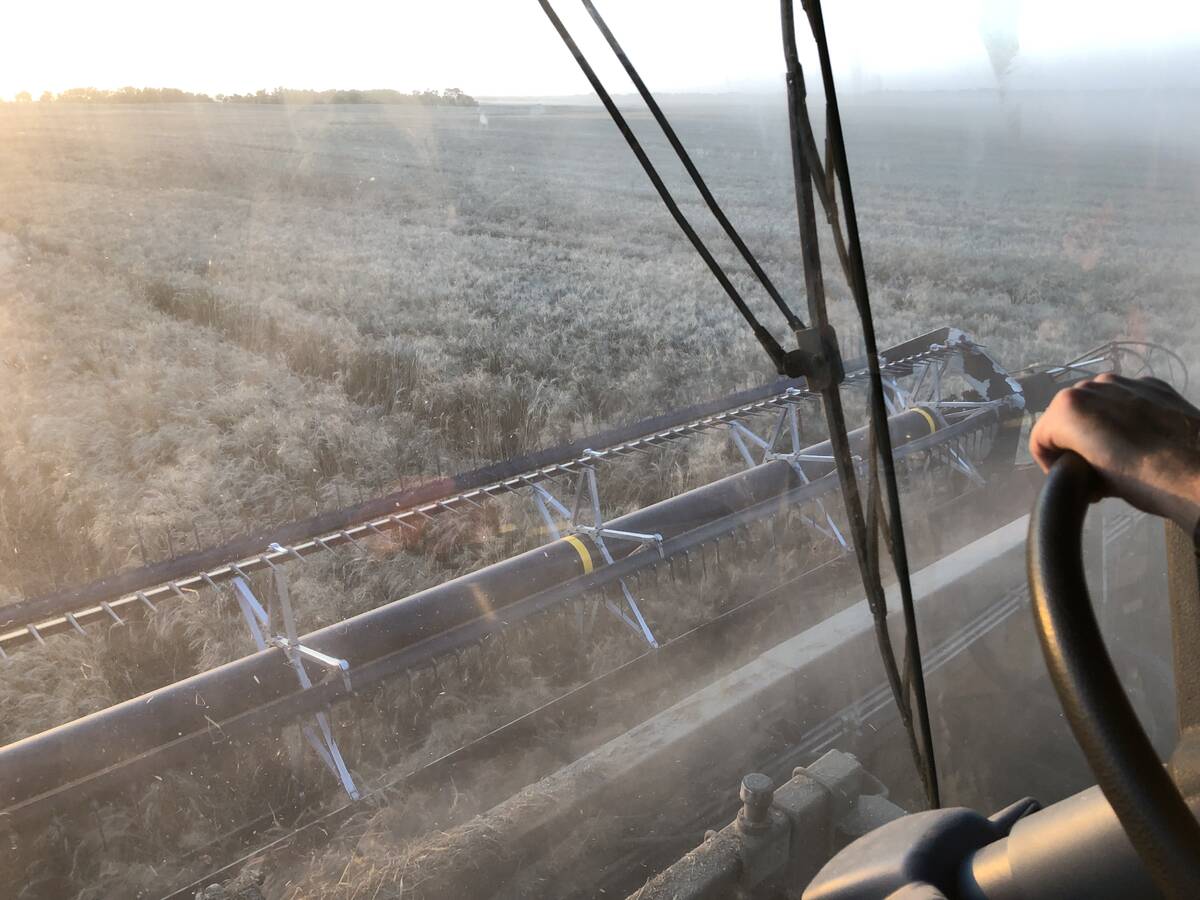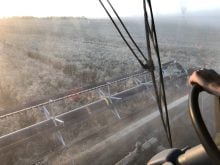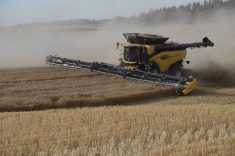A love for science, their children and the joy of discovery – those are the reasons cited by Indigenous professionals at a recent panel discussion in Saskatoon, when asked why they chose careers in science.
“The main reason I started getting into science was my daughter,” said Amber Thomas, an operations technologist. “I wanted her to have someone she was proud of, which led me to the sciences because it offers a vast majority of skills.”
Dawn Pratt, founder of Indigenous-owned company, Askenootow STEM Enterprise Inc. and an educational technologist, said the desire to discover, or curiosity, inspired her as a young girl.
Read Also

Mail strike disrupts grain sample delivery
The Canadian Grain Commission has asked farmers to consider delivering harvest samples directly to CGC offices, services centres or approved drop offs as Canada Post strike delays mail.
“My parents had bought me a chemistry kit when I was a little girl, so I started to experiment on my own. I liked math too, but I found science way more fun and hands on.”
Kyle Bobiwash, assistant professor at the University of Manitoba, said many factors led him to pursue a career in science, but he was always drawn to the field.
“I can’t pinpoint one particular thing that inspired me to like science or to be involved in science, but I think it is just science itself,” said Bobiwash. “I will note that I have always been able to pursue my love for science.
“Whether it was my mom who had tried to find an aquarium to keep all of my queries of salamanders and different organisms, to my dad going out to Chapters or Coles, and finding out how I could get identification guides to help me advance not only in how I know the land traditionally, but how I know the land in more of a western conventional sense.”
Although each panelist had successes, lack of Indigenous representation in STEM (science, technology, engineering, mathematics) was something they all faced as children.
“I remember the first day of Grade 8,” said Gordon Monroe, who now works as a laboratory technician at the Global Institute for Food Security at the University of Saskatchewan. “I had my older brother’s shoes and pants, which were too big. I had long hair and I talked with an accent. And in the (1980s) in Saskatchewan, the racism was overt. It was not subtle.”
Bobiwash noted unjust behaviour directed at Indigenous individuals, specifically when pursuing a career in STEM-related fields.
“These very overt obstacles that many Indigenous people face across Canada are still happening now,” he said.
“We know the quality of education systems in the STEM fields are very different from urban to rural communities. Not everyone is going to be equipped with teachers that cannot only teach about science, but really inspire and make the children driven about science.”
With a lack of mentorship for Indigenous children within science and STEM-related fields, the panelists agreed more needs to be done to make the field more inclusive.
“I really believe in outreach,” said Monroe. “Even having a science fair on reserves in schools to get us out there, get us visible and let them know we are here. I believe science is beneficial through perspective. There is a lack of Indigenous perspective.
“I think a lot of Indigenous philosophy and beliefs could guide ethics and environmental practices.”

















